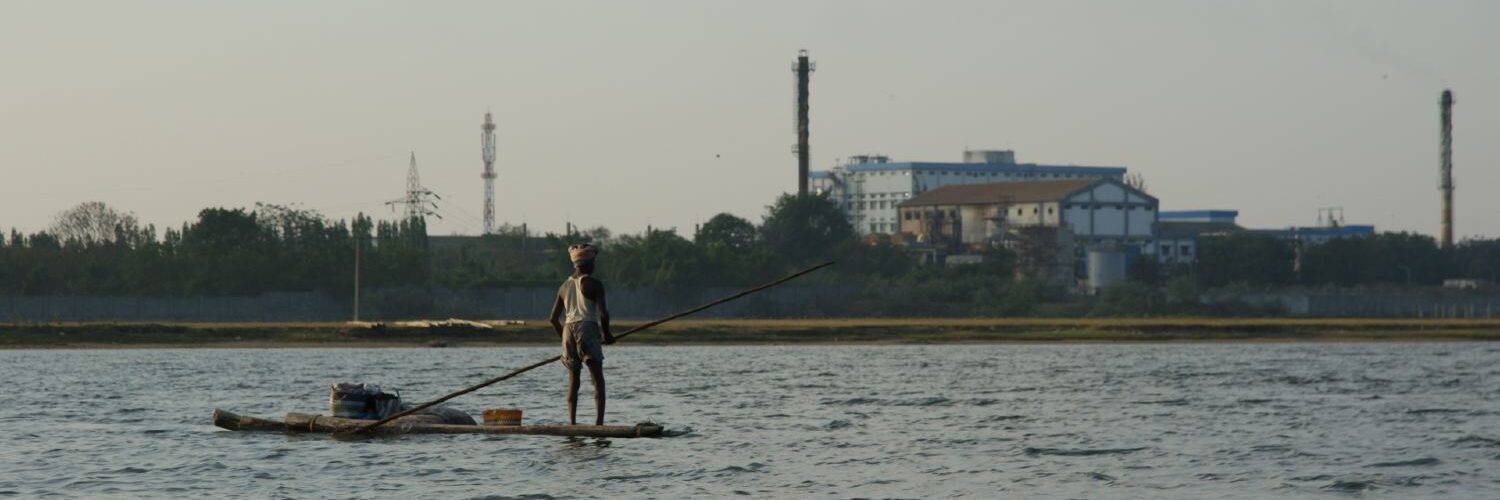19 December 2006
Staff Reporter
The Hindu
The actual toxicity levels could be much higher: expert
“Ideal solution is to shift dumping ground out of Kodungaiyur”
CHENNAI : Tests conducted on an air sample lifted in August this year from Kodungaiyur dumping ground, where the city dumps a major portion of its garbage, has revealed excessive levels of five toxic gases, according to city-based non-governmental organisation Community Environmental Monitoring (CEM).
Dharmesh Shah of CEM told journalists on Monday that air samples were lifted from Kodungaiyur dumping ground in a tedlar bag (a container made of inert material) on August 23 this year and sent by courier to Columbia Analytical Services lab, a facility in California.
The “holding time” for sulphur gases in tedlar bag is normally 24 hours and since the sample reached the labs after two days, Mr. Shah pointed out that the sample results were also conservative. “”The actual toxicity levels could be much higher.”
Columbia Labs ran a series of tests on the sample as prescribed by the United State Environmental Protection Agency (USEPA). The results revealed the presence of 9 chemicals, 5 of them above the prescribed norms for residential exposure, CEM has said.
The chemicals found in excessive levels include Carbon Disulphide, Chloromethane, Acrolein, Benzene and 1,2-Dichlorobenzene.
In a report titled “Choking Garbage – II,” which was released on Monday, CEM pointed out that the results were similar to the tests conducted in Perungudi dumping ground of Chennai Corporation last year.
Activists said the presence of some of the chemicals only point to the fact that plastic was being burnt at the dumping grounds in large quantities.
When questioned about the delay in releasing the test results, CEM attributed it to the work put into preparing the report by involving the local community. Residents welfare association representatives of some colonies near Kodungaiyur, who were present at the release of the report, called for Chennai Corporation to immediately implement safeguards mentioned in the Municipal Solid Waste Handling Rules of 2000 and start looking for alternate locations for the dumping ground.
They pointed out that the civic agency had not targeted ways to minimise the garbage reaching the dumping ground or put in place waste handling systems. A.Pandurangan of Kannadasan Nagar Residents Welfare Association said: “The Municipal Solid Waste Handling Rules, 2000, called for the urban local bodies to identify and make operation scientific landfills and even set deadlines.
The scientific landfill and waste processing facilities must have been identified by December 2002. But the Chennai Corporation has failed (to do it),” he said.
The residents also questioned as to how the burning of garbage continued despite having round-the-clock security.
“It is obvious that the rag pickers enter the premises with the connivance of the officials standing guard.”
The residents said the ideal solution for Chennai would be decentralised waste processing systems, wherein the civic agency put up composting plants at every zone.
“That would minimise the garbage reaching the dumping ground. Our ideal solution, though, is to shift the dumping ground out of Kodungaiyur. The overall development of North Chennai has suffered because of it,” Mr. Pandurangan added.
